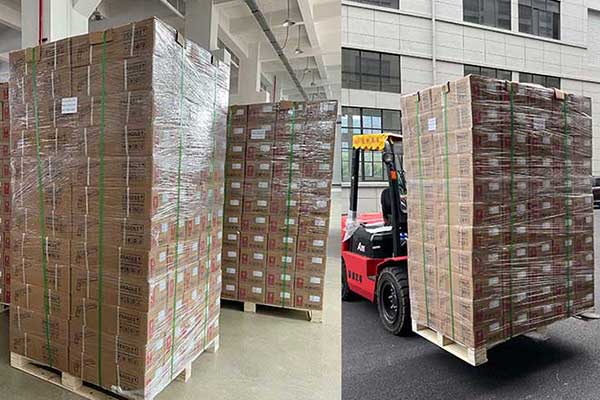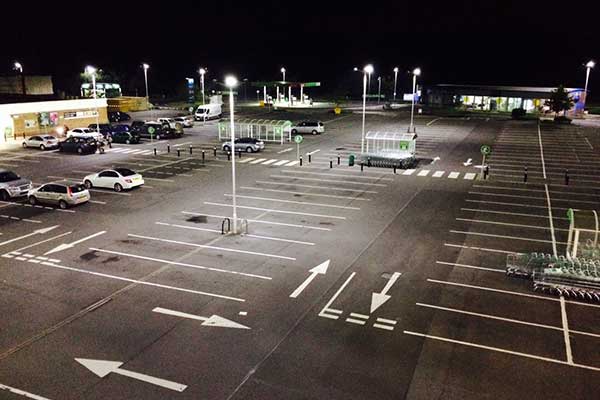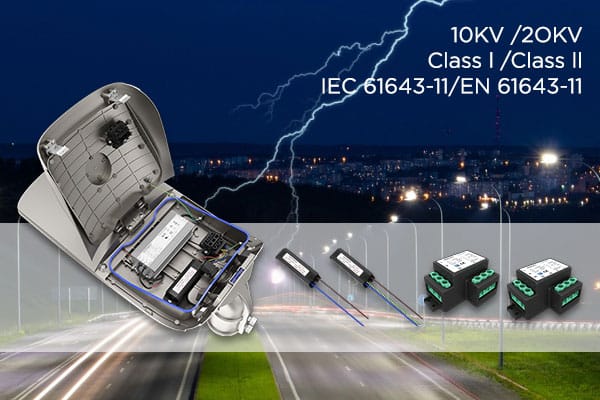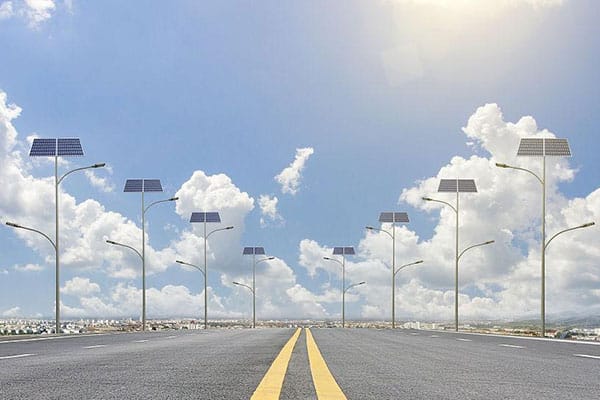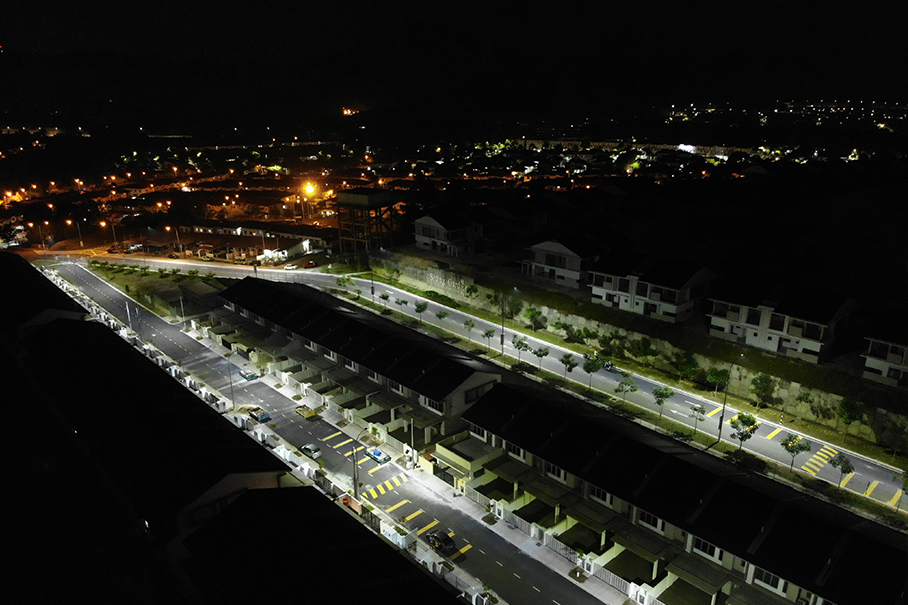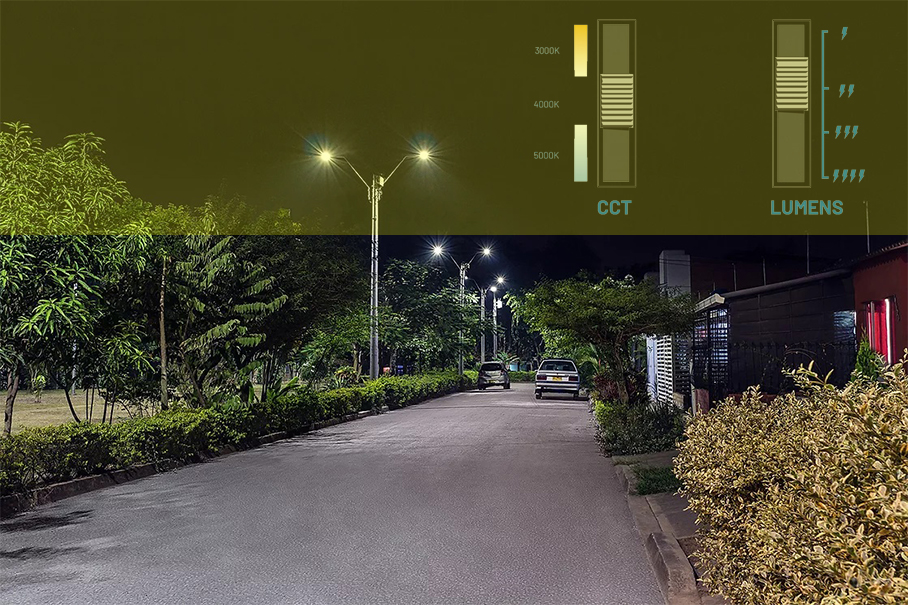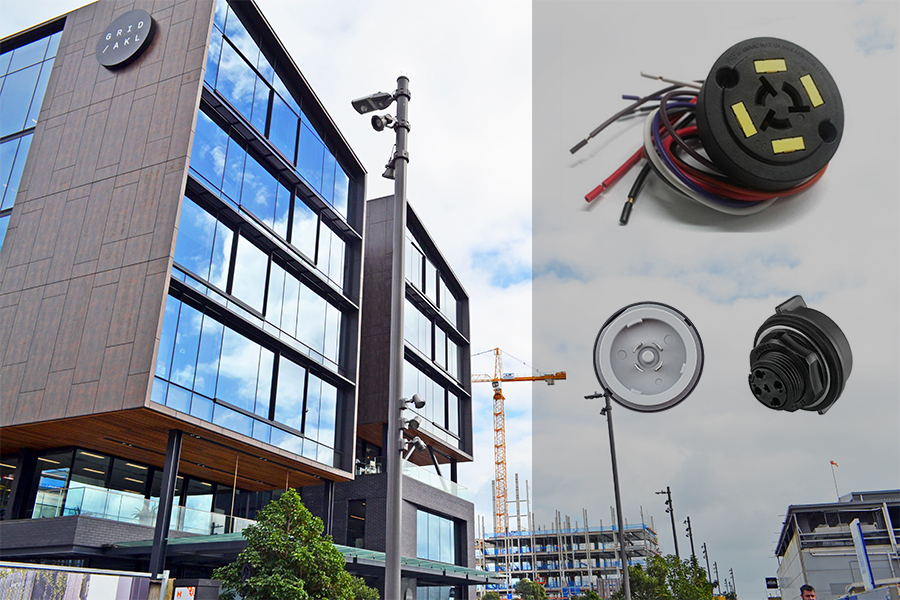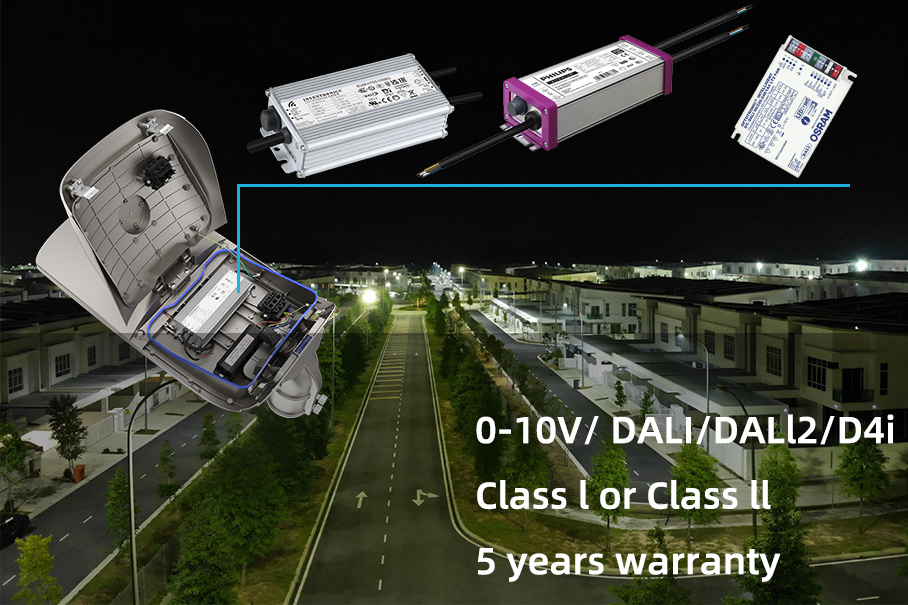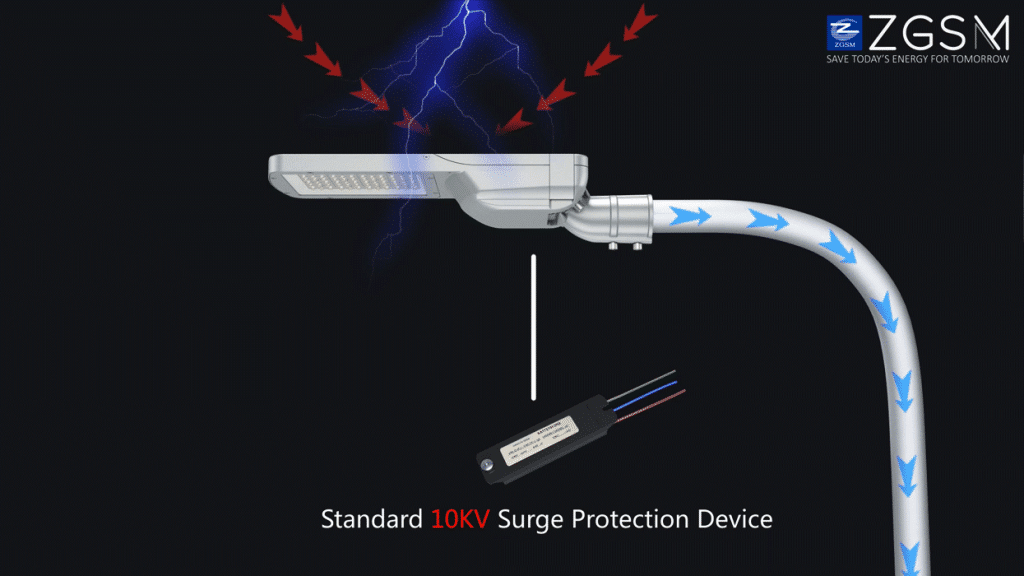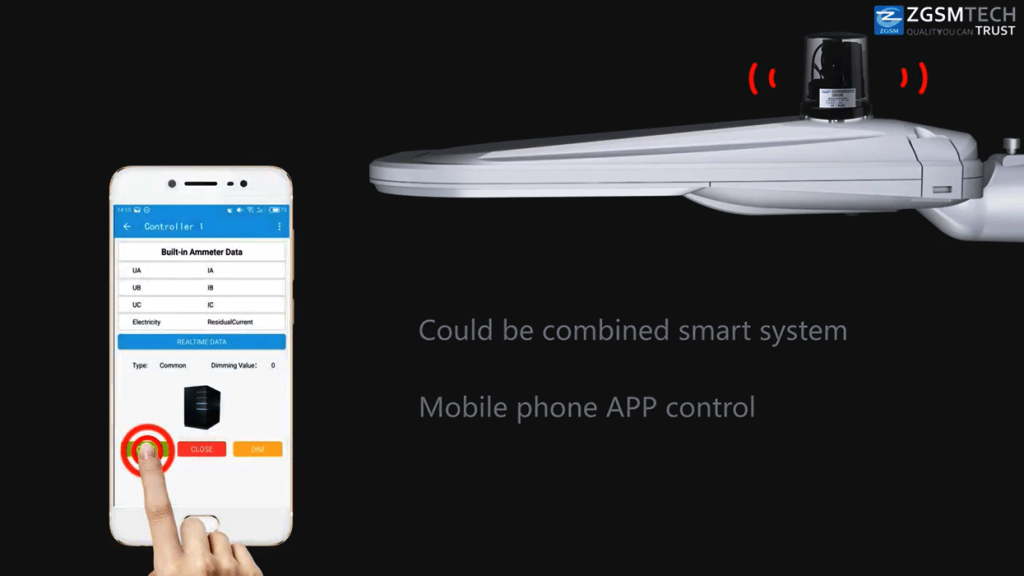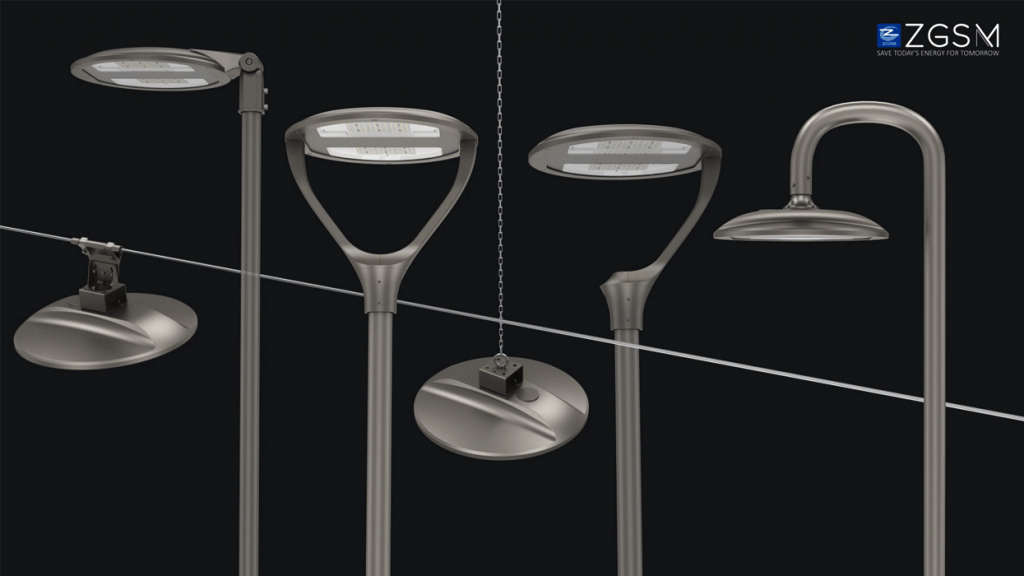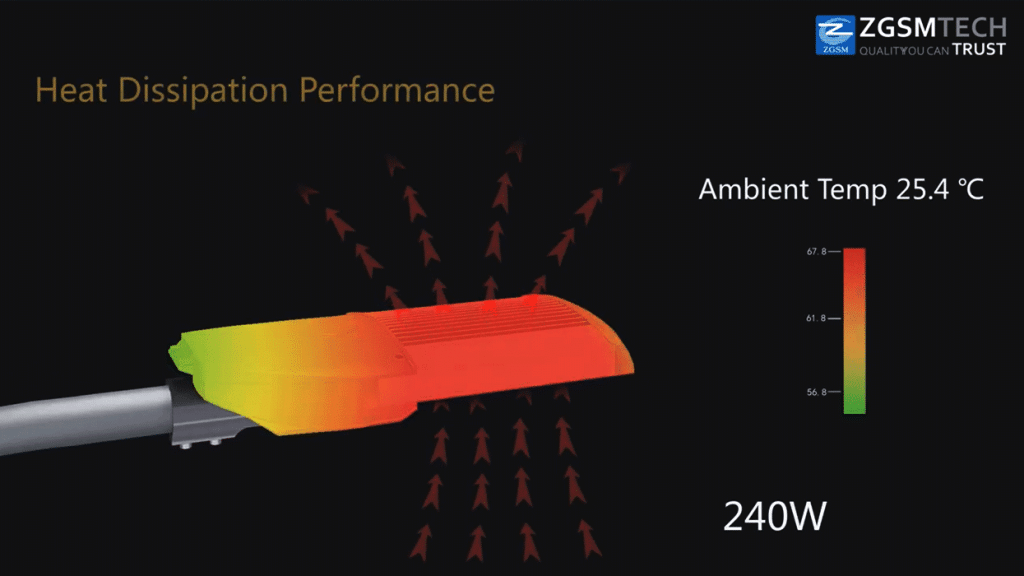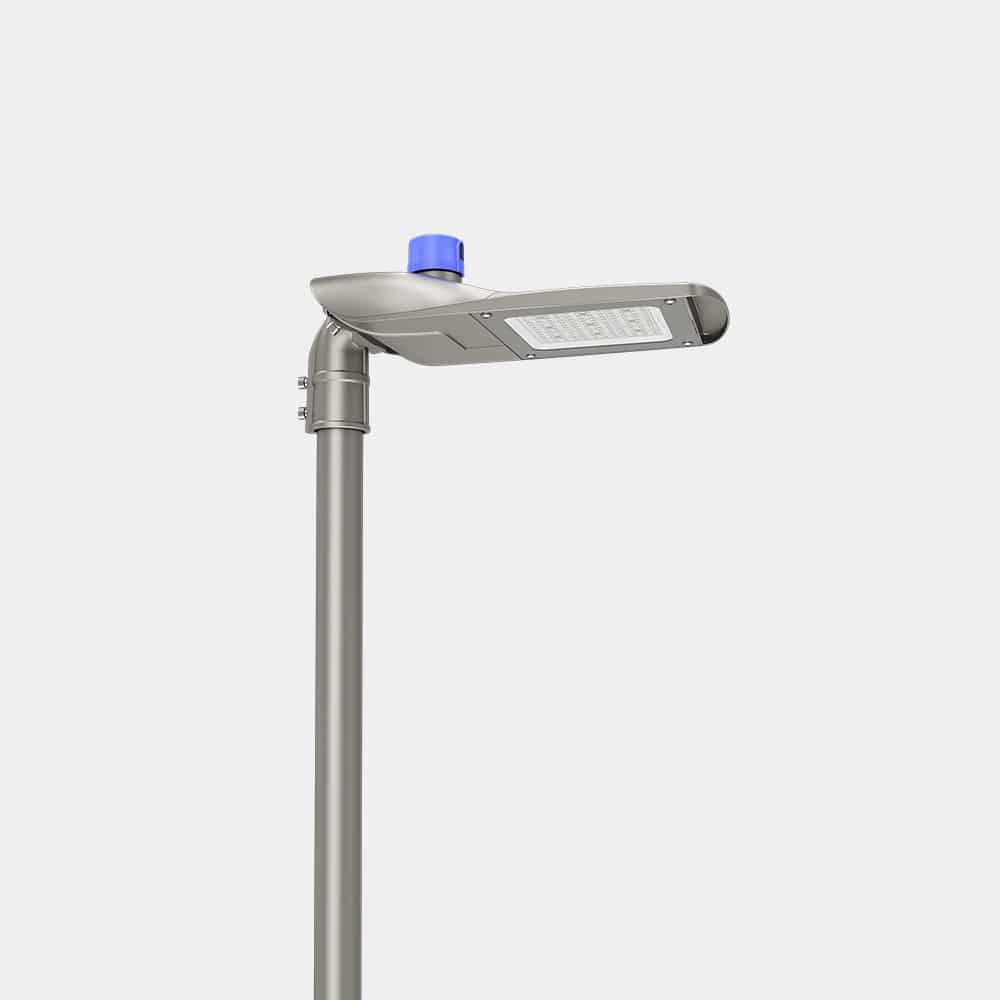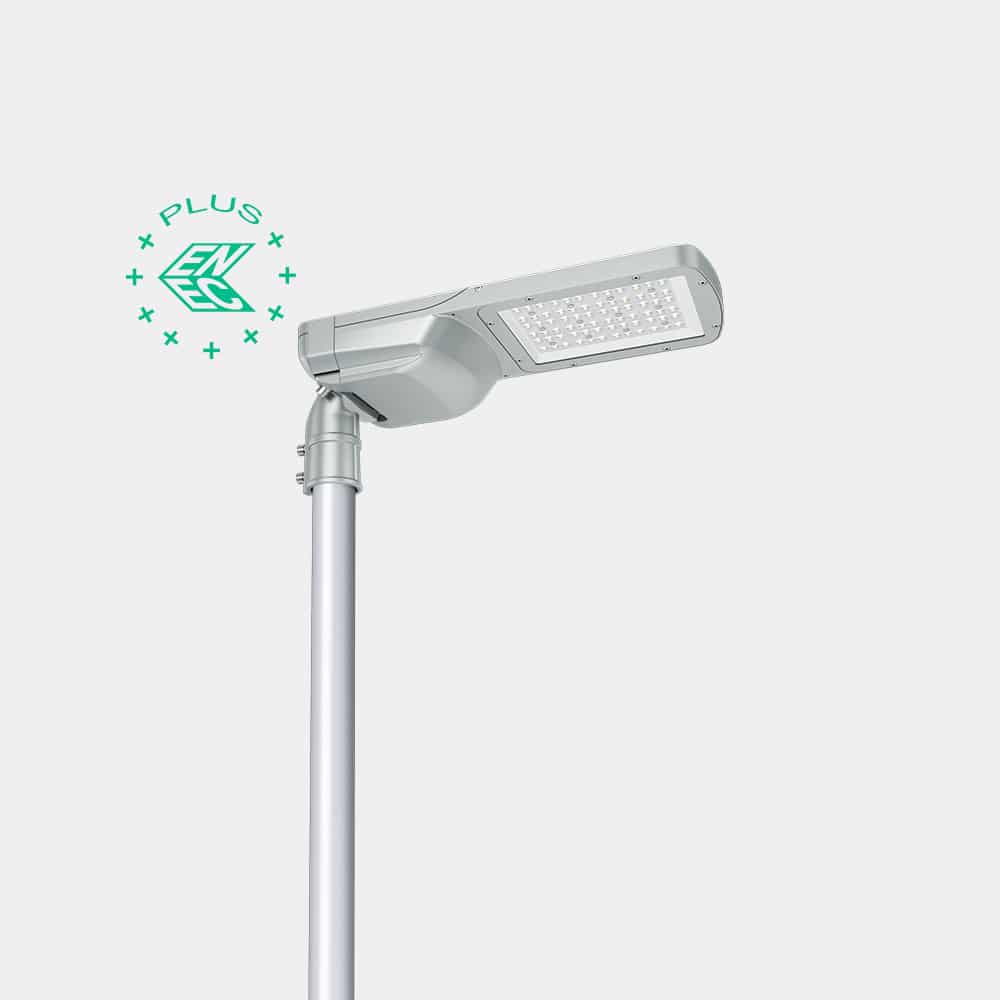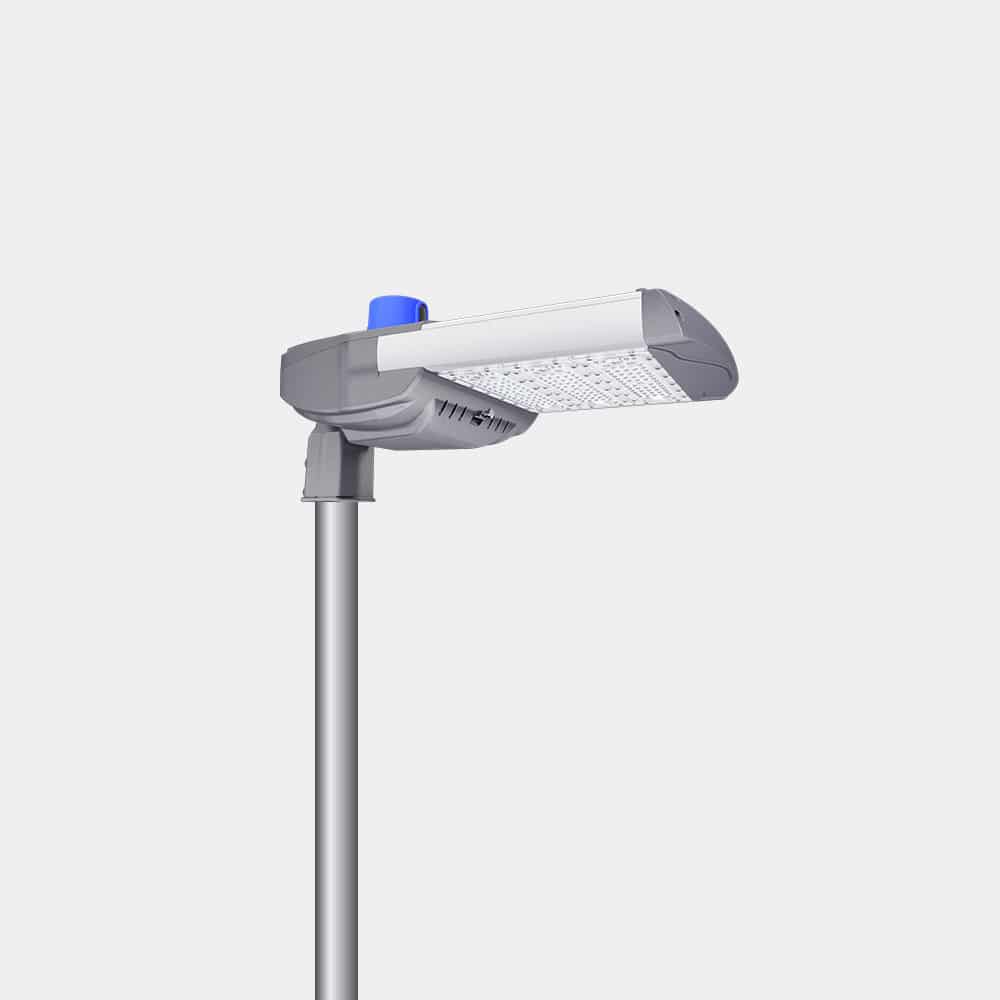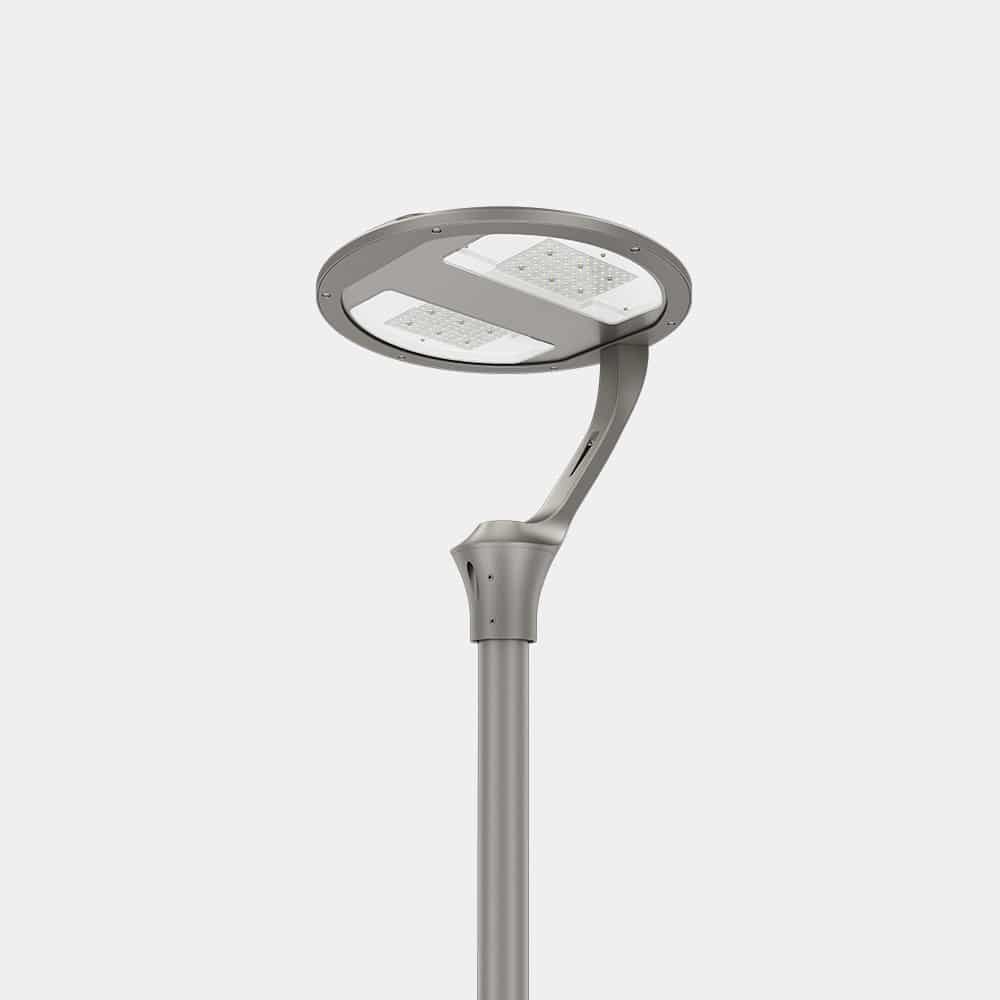Best Practices for the Safe Transport and Storage of LED Street Lamps

Apple Wang
Introduction
Currently, LED lights have become the primary choice in the field of illumination due to their extensive application and high energy efficiency. LED street lamps, in particular, are widely used in urban and rural streets, highways, parking lots, and various outdoor areas, providing people with brighter and more energy-efficient lighting solutions.
Strict management and careful handling are required for the storage and transportation of LED street lamps to ensure that the products arrive safely at their destination while maintaining their performance, lifespan, and reliability. This is crucial for reducing unnecessary maintenance and replacement costs and ensuring the long-term reliability of public lighting systems. Therefore, manufacturers, suppliers, and transportation companies should adhere to best practices and recommendations to ensure that LED street lights can fully realize their potential and provide high-quality lighting services to people.
The storage temperature for LED street lights?
The storage temperature and humidity of LED street lamps are crucial factors that can affect their performance and lifespan. Generally, LED street lamps should adhere to the following general recommendations:
Storage Temperature: LED street lamps should be stored in a dry, well-ventilated environment with moderate temperatures, avoiding extremes of temperature and humidity. Prolonged storage in high or low-temperature environments should be avoided to prevent any adverse effects on LED performance. The recommended storage temperature typically falls within the range of -40°C to +100°C. This range ensures that the components and electronic parts of LED fixtures are not adversely affected by extreme temperatures, thus extending their lifespan.
Storage Humidity: LED street lamps are sensitive to humidity and should be kept away from high humidity environments whenever possible. Generally, the recommended storage humidity should be within the range of 10% to 90% to prevent any damage to the electronic components and connectors of LED fixtures caused by humid conditions.
Dust and Moisture Protection: Use transparent plastic bags or the original packaging of LED street lamps to shield them from dust and moisture. Avoid direct exposure to moisture to prevent circuit short-circuits and corrosion.
Avoid Mechanical Damage: Handle LED street lamps gently, avoiding impacts or falls to prevent damage to the fixtures or the breakage of glass covers.
Avoid Long Periods of Inactivity: LED street lamps that are left unused for extended periods may experience electronic component aging or fading. It is advisable to periodically light up LED street lights to ensure their normal operation.
Storage Location Selection: Store LED street lamps in a safe location, away from flammable materials and harmful gases.
Regular Inspection: Periodically inspect stored LED street lamps to ensure there are no noticeable physical damages or circuit issues. If any problems are found, perform repairs or replacements promptly.
Follow Manufacturer’s Recommendations: Adhere to the storage and maintenance recommendations provided by the manufacturer to ensure the long-term performance and lifespan of LED street lights. Keep in mind that these ranges may vary depending on the specific model, manufacturer, and materials of the LED street lamps. Therefore, it is advisable to consult the manufacturer’s provided storage condition guidelines before storing LED street lights to ensure compliance with their specifications.
In summary, proper storage and maintenance of LED street lamps can extend their lifespan and ensure they function correctly when needed. Follow the guidelines provided by the manufacturer for the specific model of LED street lights.
The packaging methods for ZGSM LED street lamps?
The export packaging methods for ZGSM LED street lamps can vary depending on the ZGSM different customers’ destination country’s requirements, but typically include some common packaging methods:
Export Carton Packaging: LED street lamps are usually placed in sturdy cardboard boxes to provide protection and support. The cardboard boxes should have sufficient strength and durability to prevent damage during transportation. Internal padding and support structures prevent the street lights from moving and colliding within the boxes.
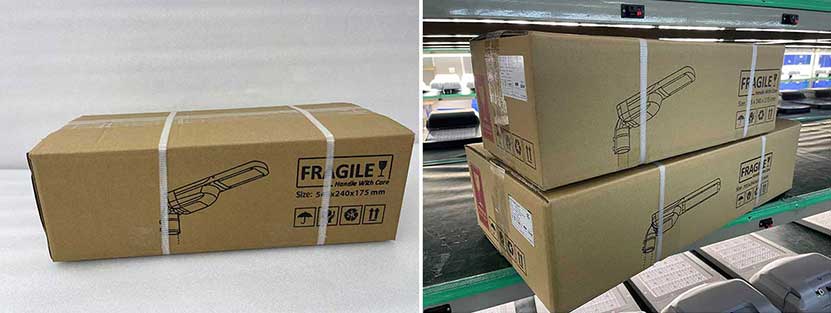
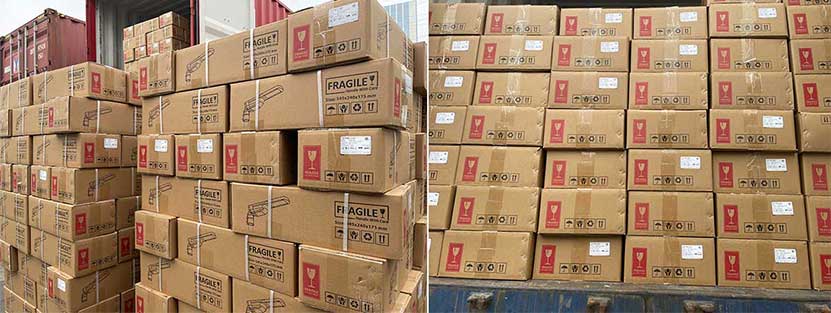
Export Plywood Case Packaging: For large and heavy LED street lamps, s may be used to provide stronger support and protection. Wooden crates are often employed to ensure the safe delivery of street lights during long-distance international transport.
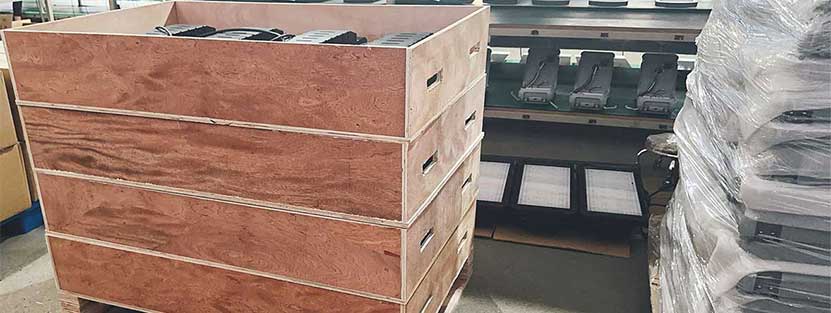
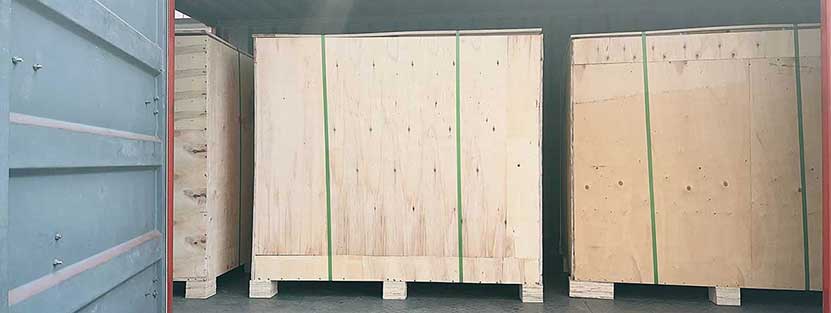
Export Plywood Pallet Packaging: LED street lamps can also be placed on pallets for ease of handling and stacking. Pallets typically conform to international standards in terms of dimensions, ensuring efficient management during shipping and warehousing processes.
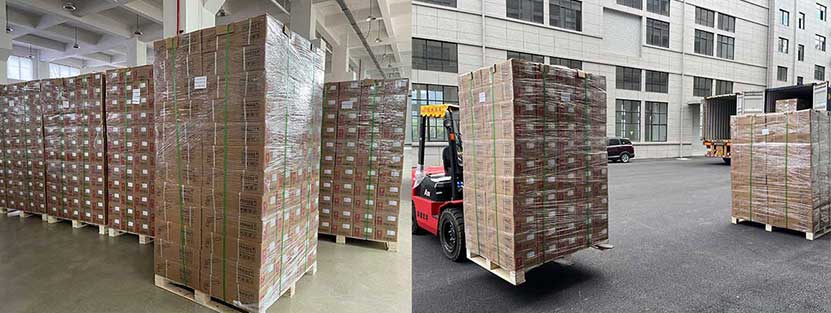
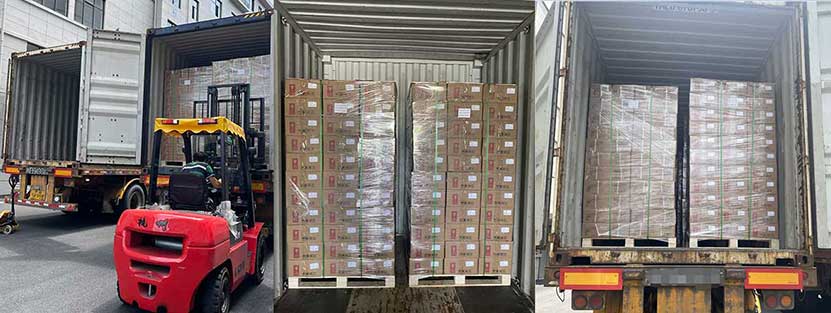
The choice of export packaging for LED street lamps may vary based on factors such as product size, weight, shape, and the requirements of the destination country. ZGSM typically select the most suitable packaging method based on these factors to ensure that the products remain intact during transportation and can be used as intended upon reaching their destination.
When you receive ZGSM LED street lights, you should carefully inspect the packaging to ensure there is no noticeable damage or breakage. If you discover any issues with the packaging, it is advisable to promptly contact the manufacturer or supplier to prevent potential problems that could lead to damage to the street lights. Packaging is one of the critical factors in ensuring the safety of LED street lights during transportation and storage.
The transportation methods for LED street lamps
The transportation methods for LED street lamps can vary depending on specific logistics needs, distances, quantities, and special requirements. Here are some common transportation methods for LED street lights.
Land Transportation: Land transportation is one of the common methods for transporting LED street lamps. It can be done using trucks, freight vehicles, or railways.
Sea Freight: If LED street lamps need to be transported internationally or over long distances, sea freight may be a cost-effective option. LED street lights are typically packaged in cardboard boxes, pallets, or wooden crates and transported in containers.
Air Freight or Courier: Air freight or courier services are suitable for LED street lamps that require urgent delivery or for smaller quantities.
During the transportation of LED street lamps, customers can choose the most suitable method based on their specific circumstances and work with logistics companies or transportation providers to ensure that the street lights are safely and efficiently delivered to their destination.
ZGSM recommendations for the proper handling and transport of LED street lamps
Avoid Moisture: It is advisable to minimize exposing the fixtures to damp conditions. During the storage process, choose dry and well-ventilated areas, avoiding placement in locations prone to moisture.
Prevent Compression: Avoid placing heavy objects on top of LED street lamps to prevent potential physical damage or deformation.
Minimize Vibrations: During transportation, make efforts to minimize subjecting the lighting fixtures to severe vibrations and jolts. You can consider using sturdy packaging and suitable transportation methods.
Insurance and Liability: ZGSM LED street lamps will be advised to purchase appropriate cargo transportation insurance to mitigate potential losses or damages.
Regular Inspections: Throughout the storage period, conduct regular inspections of the fixtures’ packaging and appearance to ensure that there is no damage or deformation.
Compliance with Regulations: Adhere to domestic and international transportation regulations, including requirements for packaging, labeling, and documentation.
ZGSM will provide contact information so that customers can inquire or report issues at any time during the storage and transportation process.
Summary
This article emphasizes various aspects of storing and transporting LED street lamps, providing recommendations and guidance to ensure the safe and efficient delivery of LED street lights to customers. This allows for the full utilization of their performance, extends their lifespan, and minimizes potential issues and losses to the greatest extent possible. These considerations are crucial for both manufacturers and end-users to ensure a smooth supply chain and excellent lighting services.
FAQ
Related Posts
Best Practices for the Safe Transport and Storage of LED Street Lamps
Revolutionize Street Lighting with Advanced LED Light Distribution
Discussion on SPD for street light and its warranty
Ultimate Guide to Typical Solar Powered Street Lights
Author

Apple Wang
Sales Engineer
I’m the International Sales Engineer of ZGSM Tech. I have been in the LED lights industry for more than 19 years. Good at energy-saving projects, street light system configurations, and bidding technology support.
I look forward to working with you and contributing to your project’s success.
